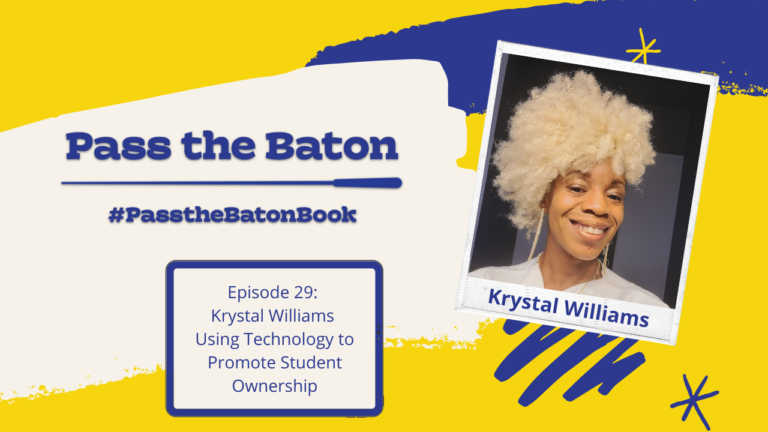Marissa Guarriello is a 6th-12th grade orchestra teacher in the Penn Ridge School District, in Eastern Pennsylvania, as well as a co-author of the book, The Creative String Orchestra. Marissa is an advocate for creativity in the orchestra classroom, even though that’s not how she got her start in music! In this interview, Marissa talks about how she made this transition and why she feels it has been so beneficial to her students.

Marissa wasn’t always comfortable improvising with her students, or even on her own. She was trained to be a classical performer, which is a very product-based experience. However, upon entering the classroom, Marissa realized that most of her students weren’t going into performance. The students could perform the way they were asked, but didn’t understand the “why” behind what they were doing. It was when attending a conference in Pennsylvania that Marissa met Sarah Gulish, who inspired her to shift her philosophy and try new things in the classroom. Not all students will go into music performance, so that can’t be the only way we educate them. By making this shift in philosophy, Marissa could create an experience that was more meaningful to the students.
Incorporating creativity and improvisation definitely takes time, but everything the students do creatively ties back to their performance repertoire. This helps the students appreciate and enjoy what they are doing even more.
“Musical Pictures”
One example of an activity Marissa does with her students is called “Musical Pictures.” First the class agrees on a topic, such as colors. Then in small groups or individually, students choose a color and create a short composition that sounds like that color. Through this, the class can discuss tonality, tempo, articulation, alternative techniques, and more. At first an activity like this might take the entire class period, but in time students will get more used to it and can complete faster. Marissa will often use this as a warm-up with her students, spending 5-10 minutes at the beginning of class to create their compositions, then having students perform for each other. It builds a significant community of support and gets the students thinking creatively at the beginning of rehearsal. Other topics she has used for Musical Pictures include animals, seasons, and school subjects.
Often Marissa will do creative activities along with the students. Marissa doesn’t view herself as a “composer” and she is upfront with the students about her self perceptions. She learns alongside the students, and they value seeing that. When students start these activities young, by the time they reach high school, there are no insecurities in being creative.
Marissa has noticed an exciting shift in the classroom culture as a result of incorporating more creativity in her orchestra rehearsals. Students are encouraged to stand up and share their creations, which allows for great conversations about what they are doing. The students support each other, and windows open for collaborative experiences.
Marissa’s Advice
When asked what advice she would give teachers looking to incorporate more creativity and improvisation, Marissa quotes Patty Begg from State College School District, “just get over yourself.” Have fun and share that with the students. Embrace the fact that it won’t be perfect and you will learn alongside the kids. You can start anywhere. If it doesn’t work, reevaluate and try again!
“Embrace the fact that it’s probably not going to be perfect. You’re learning alongside the kids….you’re going to have to be a risk taker. Start somewhere; start anywhere.”

To learn more about Marissa’s creative work, be sure to check out the book, The Creative String Orchestra, published by F-flat Books. In addition, look out for the next two episodes featuring Marissa’s co-authors, Matt Shaffer and Sarah Gulish!
Connect with Marissa:
- Penn Ridge Orchestra on Instagram – @pennridgeorch
- Musicast Podcast on Instagram – @musicast20
- F-flat Books – Marissa Guarriello
Check out the full interview here: Creativity and Improvisation in Ensembles (Part 1 of 3)
Part 2: Creativity and Improvisation in Ensembles, with Matt Shaffer
Part 3: Creativity and Improvisation in Ensembles, with Sarah Gulish



